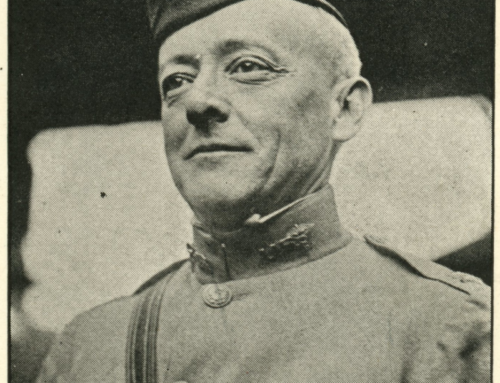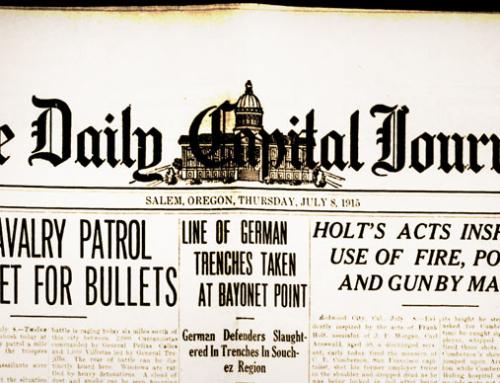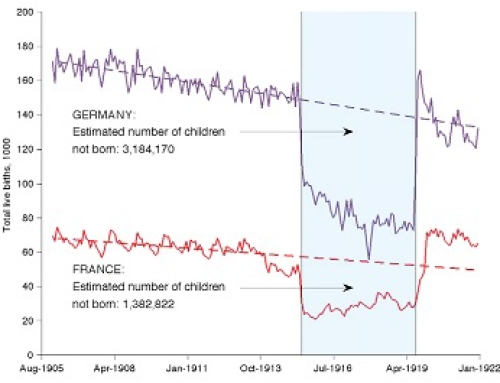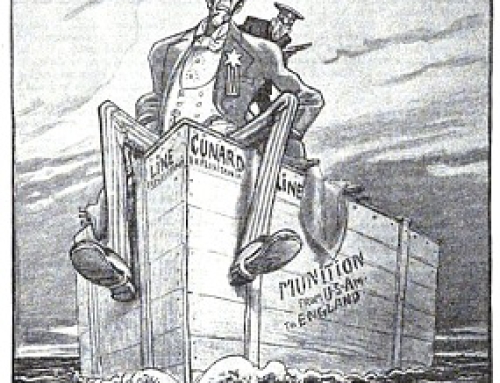by Richard van Pelt, WWI Correspondent
A Beta-Tested War or Cognitive Dissonance Avoidance?
British casualties, primarily at Mons, for the month of August were 14,409.
The French reported casualties of 400,000 for the months of August and September, of whom 313,000 were reported as “Morts sur le Terrain disparos et prisoniers.”
For August through November of 1914, the French reported 854,000 casualties, the British 84,575, and Germany 677,440.
Throughout the first fortnight of August, under brilliant skies the armies of France, Germany, Belgium and Britain marched from their detrainment points towards collisions with the enemy amid golden cornfields and wonder peasant spectators.
While the German and British armies had adopted uniforms of grey-green and khaki respectively, the French and Belgians retained the brilliant hues of the nineteenth century. Fantastically, the soldiers of France advanced towards the enemy’s fire beneath regimental colours, to the music of drums and trumpets. . . . All the belligerents were led into action by commanders armed with swords and mounted on chargers.
. . . Masses of men advanced against devastatingly powerful modern armaments in the same fashion as warriors since ancient times. The consequences were unsurprising, save to some generals. On 22 August 1914 the French army suffered casualties on a scale never thereafter in the war surpassed by any nation in a single day. Its commander-in-chief, Gen. Joseph Joffre, orchestrated a series of battles which, to a spectator, resembled those of the nineteenth century in all respects save the dearth of military genius. The conviction of French senior soldiers that spirit along – ‘cran’ – could overcome firepower was responsible for rendering more than a quarter of a million of their young countrymen casualties inside three weeks. . . (Max Hasting, Catastrophe 1914: Europe Goes to War, 160-161)
The British were more grounded in common sense. However at Mons, Field Marshall Sr. John French, willfully ignored the evidence:
The little field-marshall remained buoyant about allied prospects. He knew there were Germans in the offing, but displayed a bizarre insouciance about placing his troops in their path. The BEF’s (British Expeditionary Force) highly highly competent chief of intelligence, Col. George MacDonogh, gave warnings based on air reconnaissance and messages from
[the French], that three German corps were bearing down upon him. Sir John dismissed this threat, proposing to continue an advance towards Soignies. When he personally interviewed an RFC pilot who had gazed own on Kluck’s masses, the C-in-C revealed obvious disbelief and changed the subject to quiz the troubled young man paternalistically about his aeroplane. (Hastings, 203).The war will proceed in this manner for several more weeks. The French will move their government to Bordeaux and the Germans will come close to encircling Paris. By late September all sides will have dug in and the war will take on the characteristics of trench warfare that we associate with the war. The course of the war will be measured in yards and thousands of dead.
Our goal is to describe how the war affected residents of Marion County. We have tried to show you how our great grandparents read about the war. We will continue to provide daily headlines and links wherever possible, but the focus now turns to how Marion County responded to war.







Leave A Comment